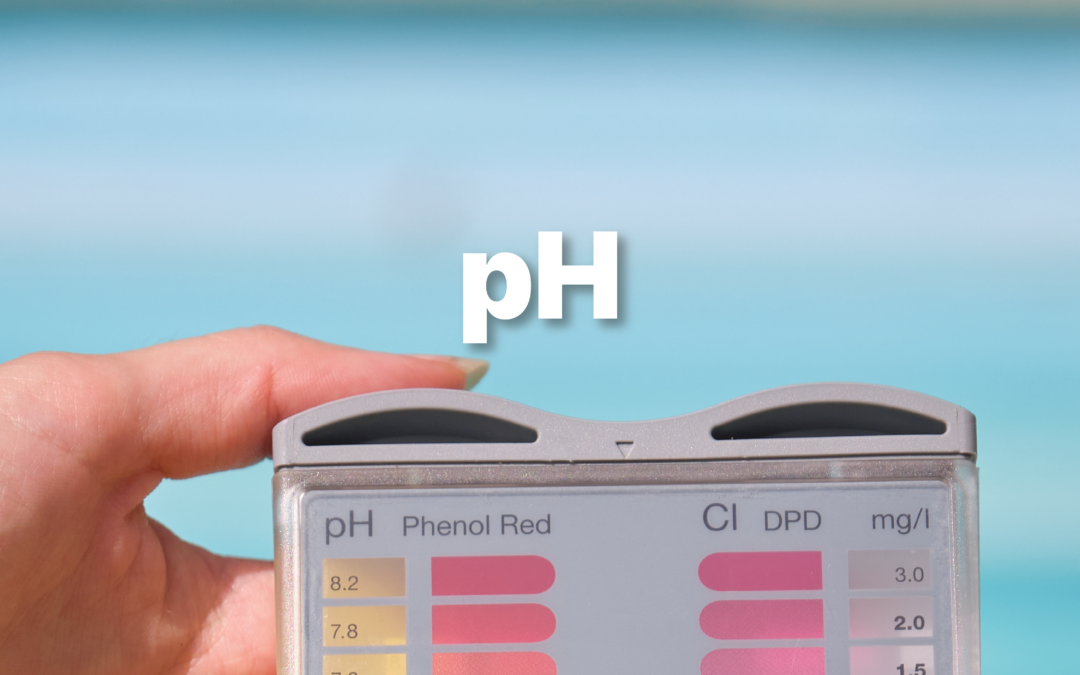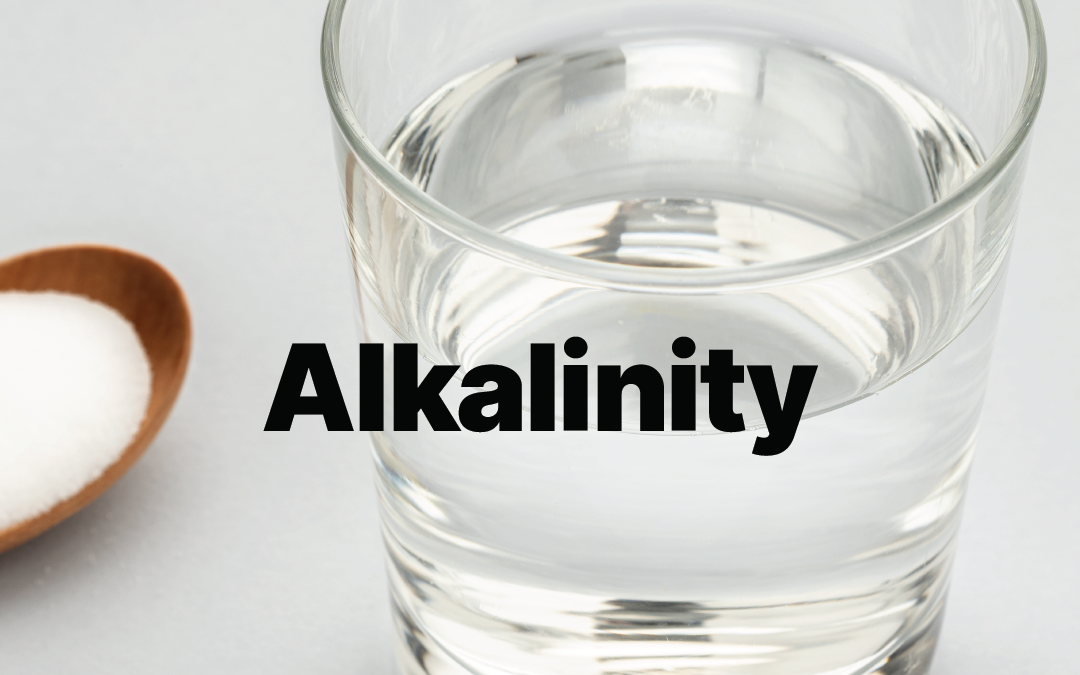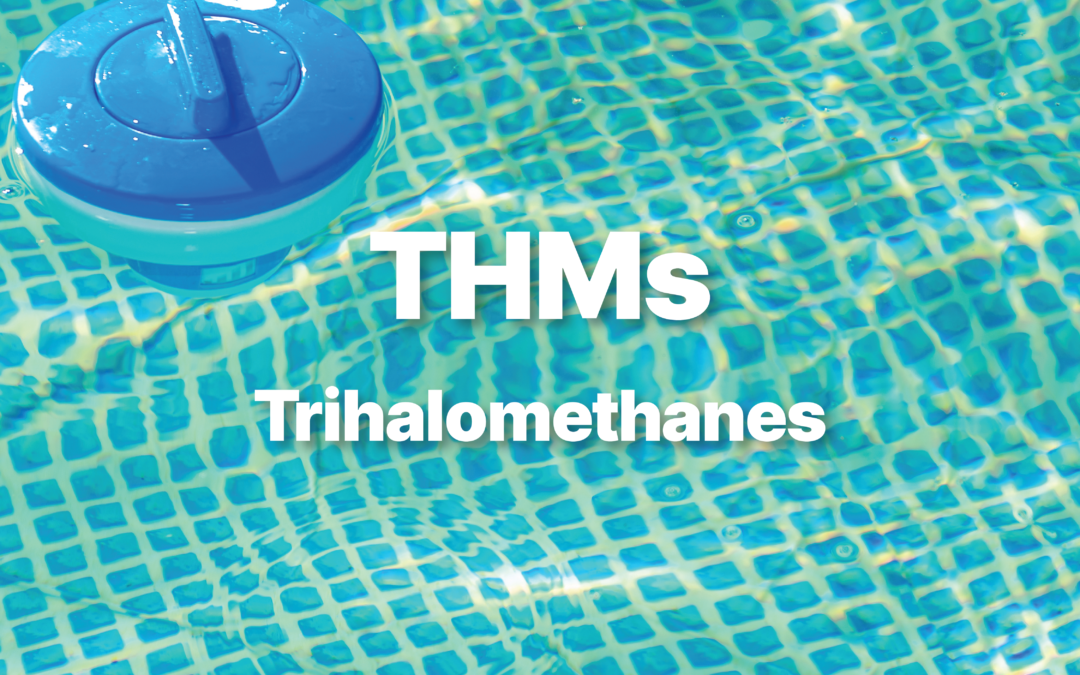
by Harrison Turner | Feb 1, 2023 | Measurement Systems
pH What Is It & Why Is It Important? It is a measure of how acidic or basic a solution. The pH scale goes from 0 to 14 with 7 being neutral and anything below 7 is considered acidic and anything above considered basic or alkaline. It is a measurement of the...

by Harrison Turner | Feb 1, 2023 | Measurement Systems
Alkalinity The Water Quality Association defines alkalinity as the quantitative capacity of water to neutralize an acid; that is, the measure of how much acid can be added to a liquid without causing a significant change in pH. Alkalinity is often confused with pH as...

by Harrison Turner | Feb 1, 2023 | Hybrid Water Contaminants
Turbidity Turbidity is basically a measurement of cloudiness in a water sample. It is caused by suspended matter, such as clay, silt, fine particles of organic and inorganic matter, and microscopic organisms. A turbid sample may not appear clear to the naked eye....

by Harrison Turner | Feb 1, 2023 | Hybrid Water Contaminants
Total Dissolved Solids (TDS) What Is TDS? TDS stands for total dissolved solids and is a measurement of inorganic and organic substances that are dissolved in water. Technically speaking , dissolved solids are defined as solids that can be passed through a sieve size...

by Harrison Turner | Feb 1, 2023 | Inorganic Contaminants
Trihalomethanes (THMs) Trihalomethanes (THMs) are in many water supplies , especially municipal water supplies where it may be formed as a by-product of the reaction of chlorine and organic matter. The amount of THM formation is based upon several factors including:...






